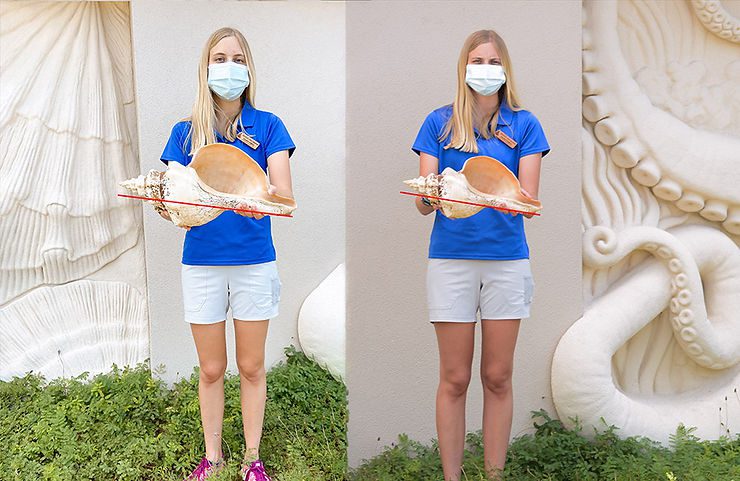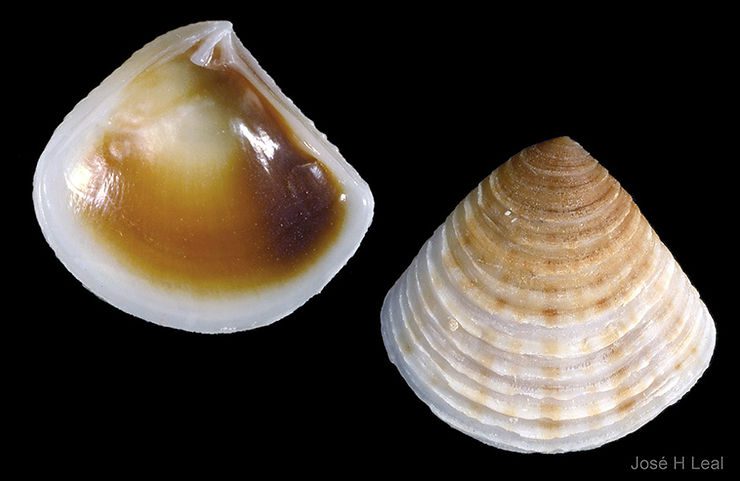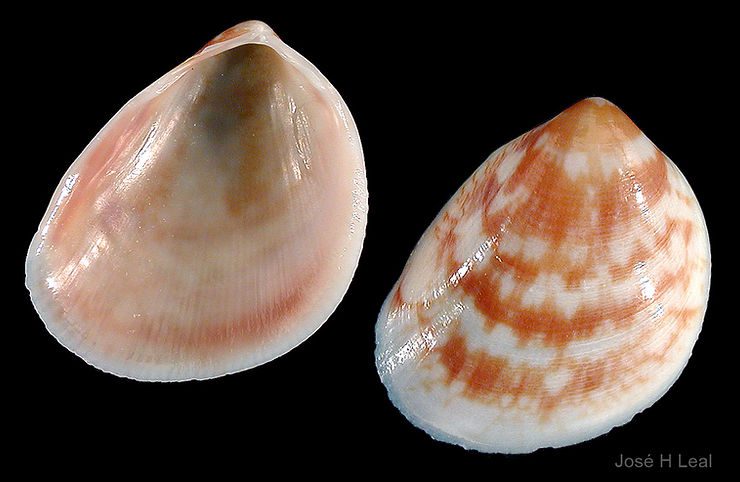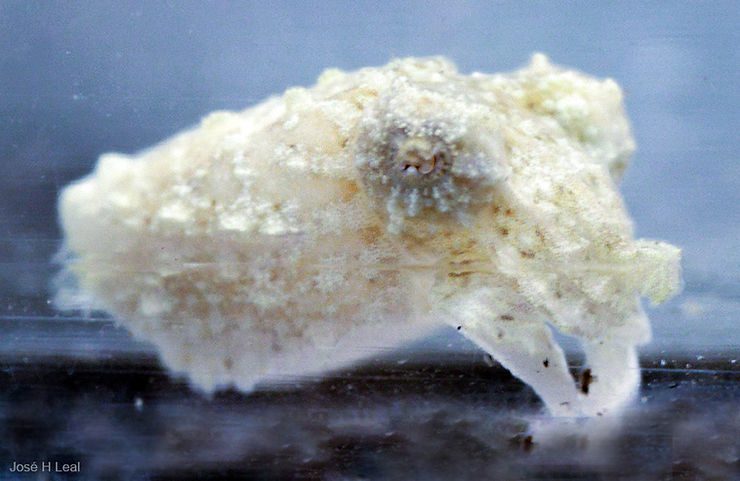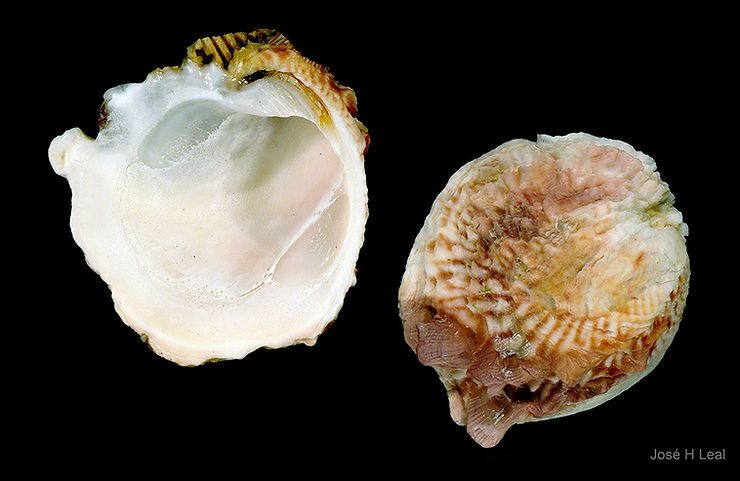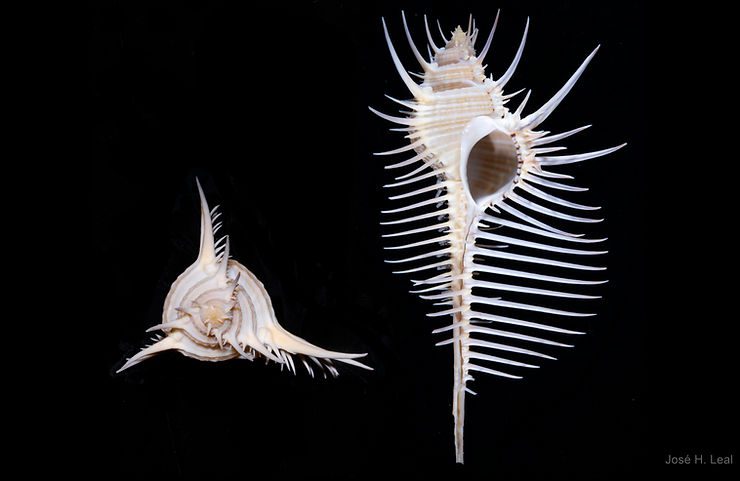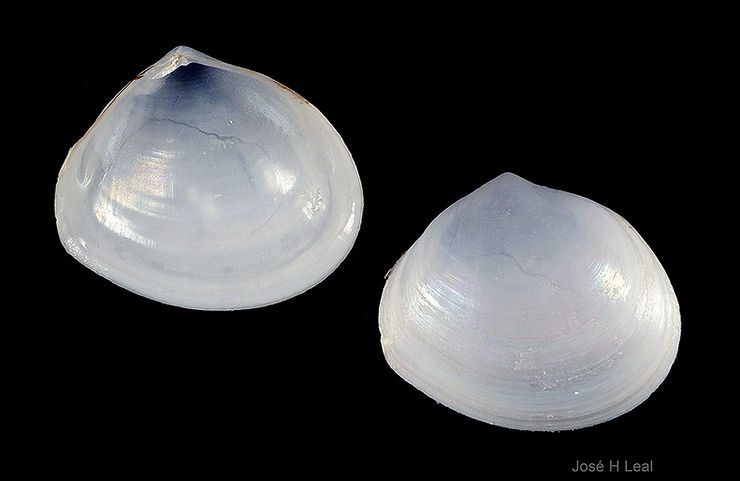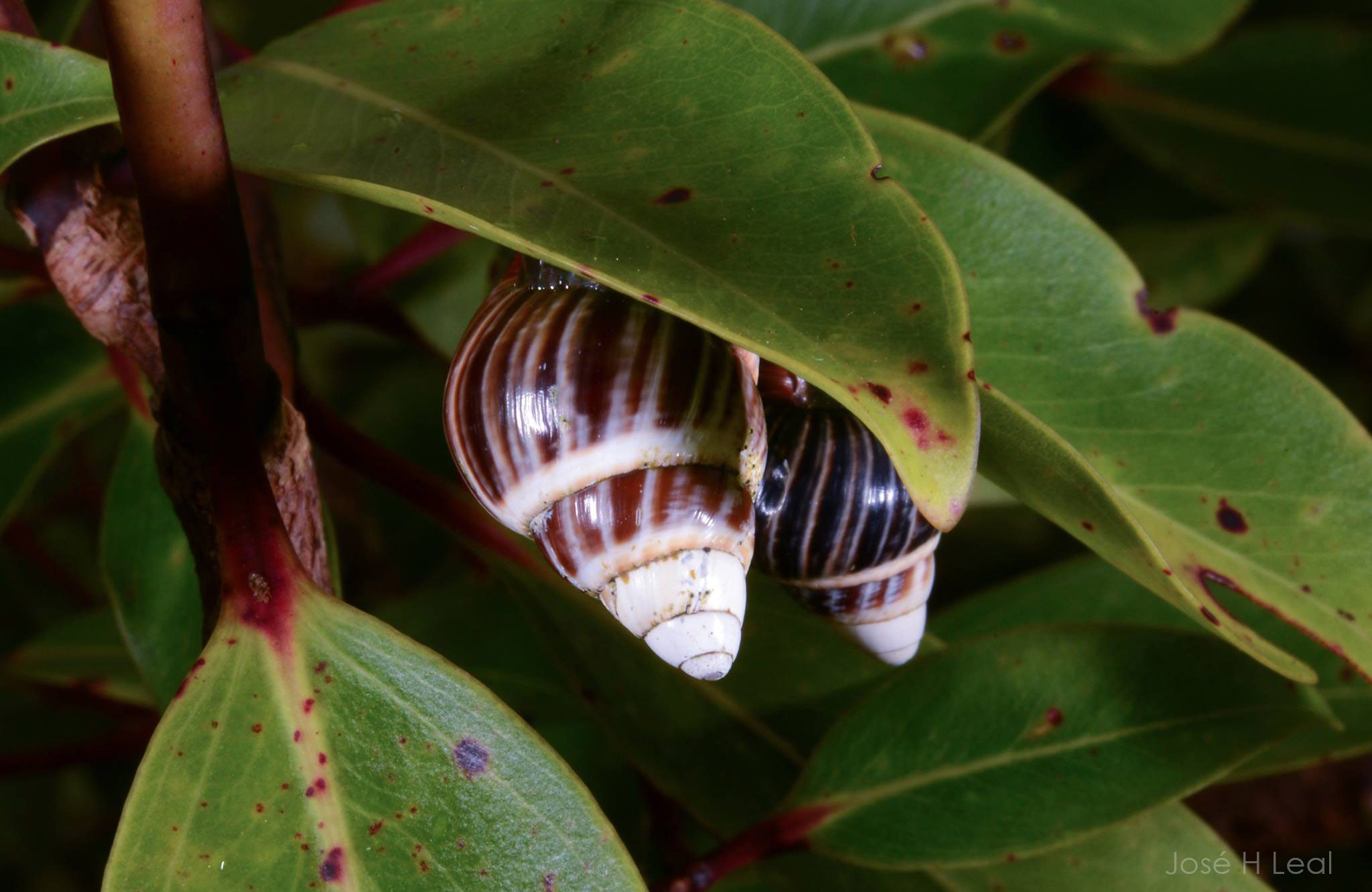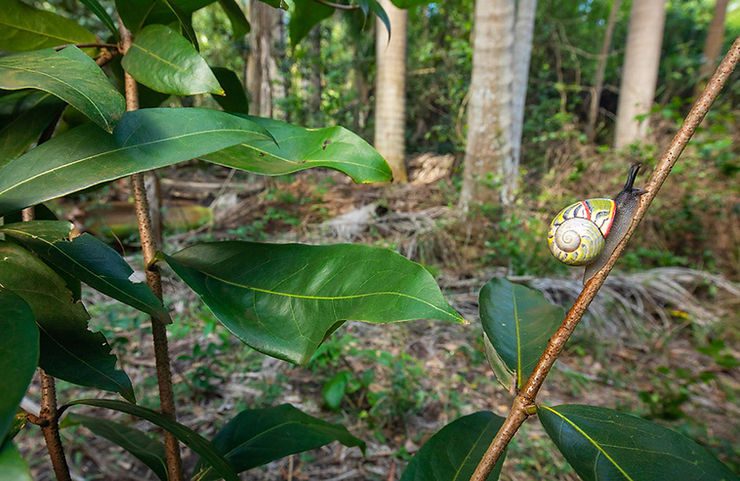
Endangered Cuban Painted Snails
A recent feature in National Geographic online discusses the threats and pressures affecting the six species of Cuban land snail of the genus Polymita, commonly known as “painted snails." These species are arboreal (trees dwellers), and endemic (living only in that area) to Cuba. Many of their local populations were destroyed, initially by deforestation for agricultural uses, and are endangered by predation by invasive species and climate change. And their intrinsic beauty makes them serious can

